There is a lot to say about its retro look, and we would like to start by saying it is beautiful, attractive and simply genius. Not that we haven't seen more ergonomic and more intuitive designs, far from it, but the very idea of making a high quality modern digital camera inside of a 50+ year old design is interesting to say the least.
The body is made out of aluminum and magnesium, with a little plastic parts here and there. Sufficient to say, it is not only attractive but also built with premium quality in mind. It comes in two color combinations; black, and black and silver. We found the latter to be prettier in our humble eyes.
You will find this camera has even more unique features, one of which being the metal dial on the front. This dial offers four different options, or presets if you will: Mono, Color, Art and Crt. These allow for quick switching between different shooting modes. For example, with Mono you will get to choose between several monochromatic modes, while Art offers a large number of Instagram-like filters.
On the rear of the camera you'll find an LCD screen, a Electronic View Finder (EVF) and a couple of standard navigational buttons, which are in our opinion a bit too small and close to each other.
Now lets talk about the actual camera. Packing a 20 megapixel (MP) Micro Four Thirds sensor which produces beautiful, sharp images. It is a good all-around camera with satisfying results whether you're shooting landscape, portrait, sport or low-light photography. Noise handling is quite good, even at higher ISO speeds.
Performance-wise, the most notable new feature is the 5-axis in-body image stabilization, also known as IBIS. This is always a big plus, as you will always have stabilized shots regardless of which lens you use. We've found that this particular stabilization system works very well. We've taken photos at 1/10th of second with no loss in sharpness at all, which would otherwise require much higher ISO.
Burst mode is able to shoot at 10 frames per second, which faster than what many mid-range, and even some high-end dSLRs can do.
Unfortunately, video recording is limited to 1080p Full HD. We would have loved if it had 4K, which is becoming a standard for high-end compact cameras. Still, at least for us, lack of 4K is not a deal breaker – we're not there yet.
Battery life is another minor downside, with mediocre results at around 300 shots per charge. Again, its not that bad that it could break the deal, but it could be better.
Olympus Pen-F is a stylish camera for
street photographers and others who would like to introduce some fashion to their cameras, while still retaining a capable, fast mirrorless camera with high image quality.

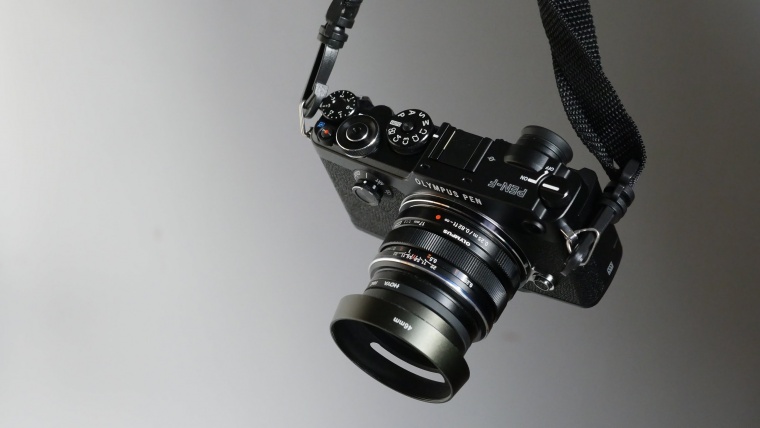

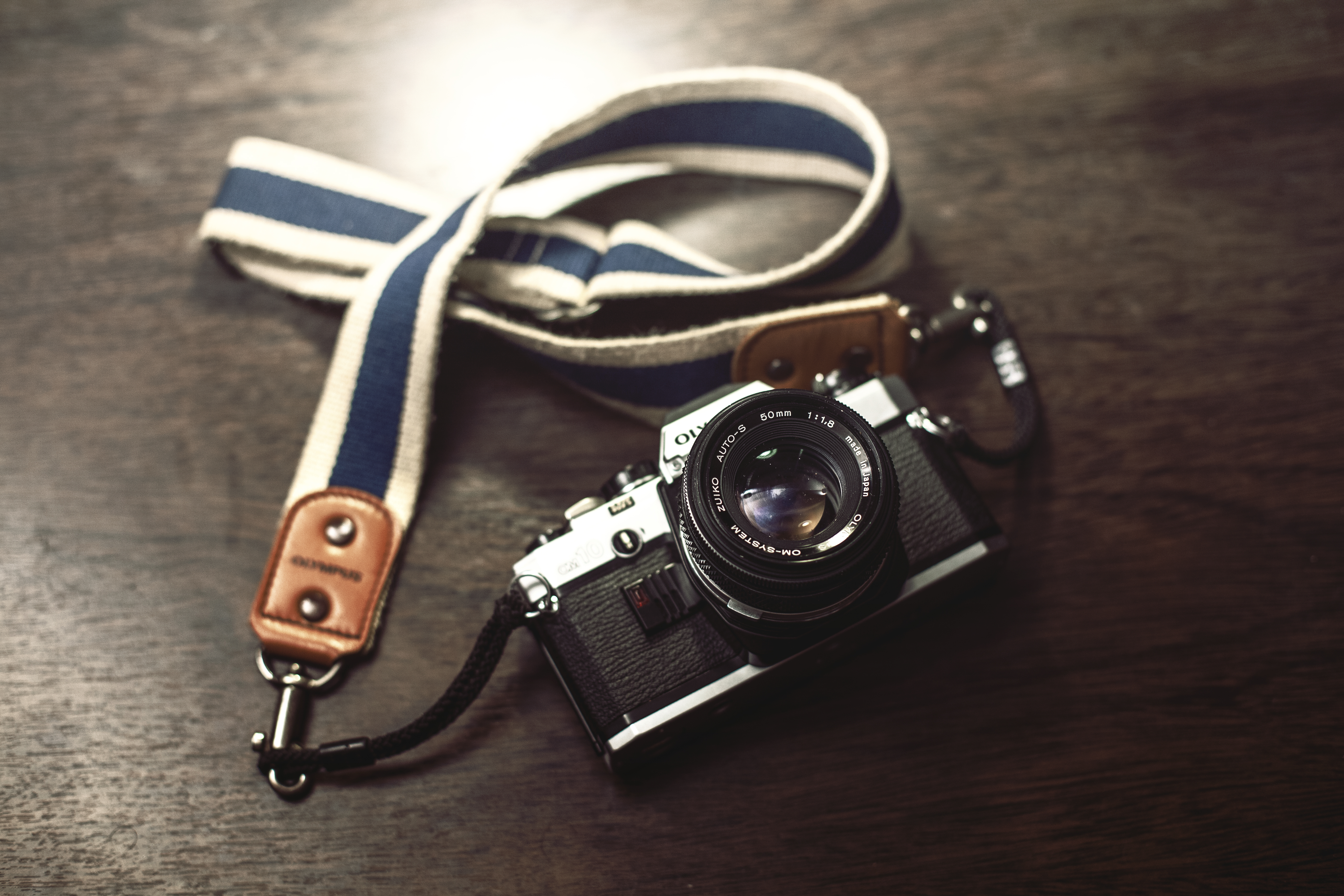
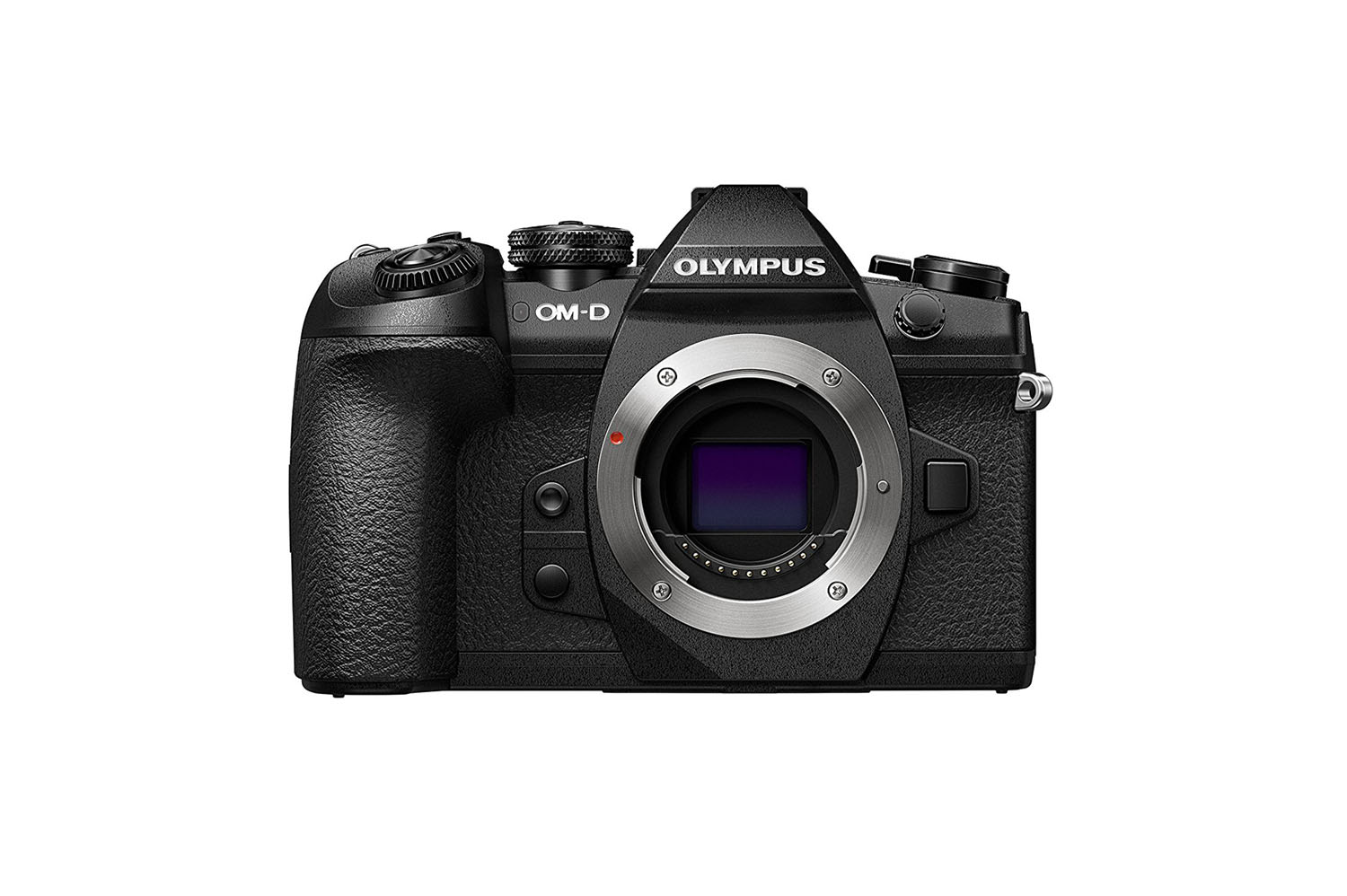
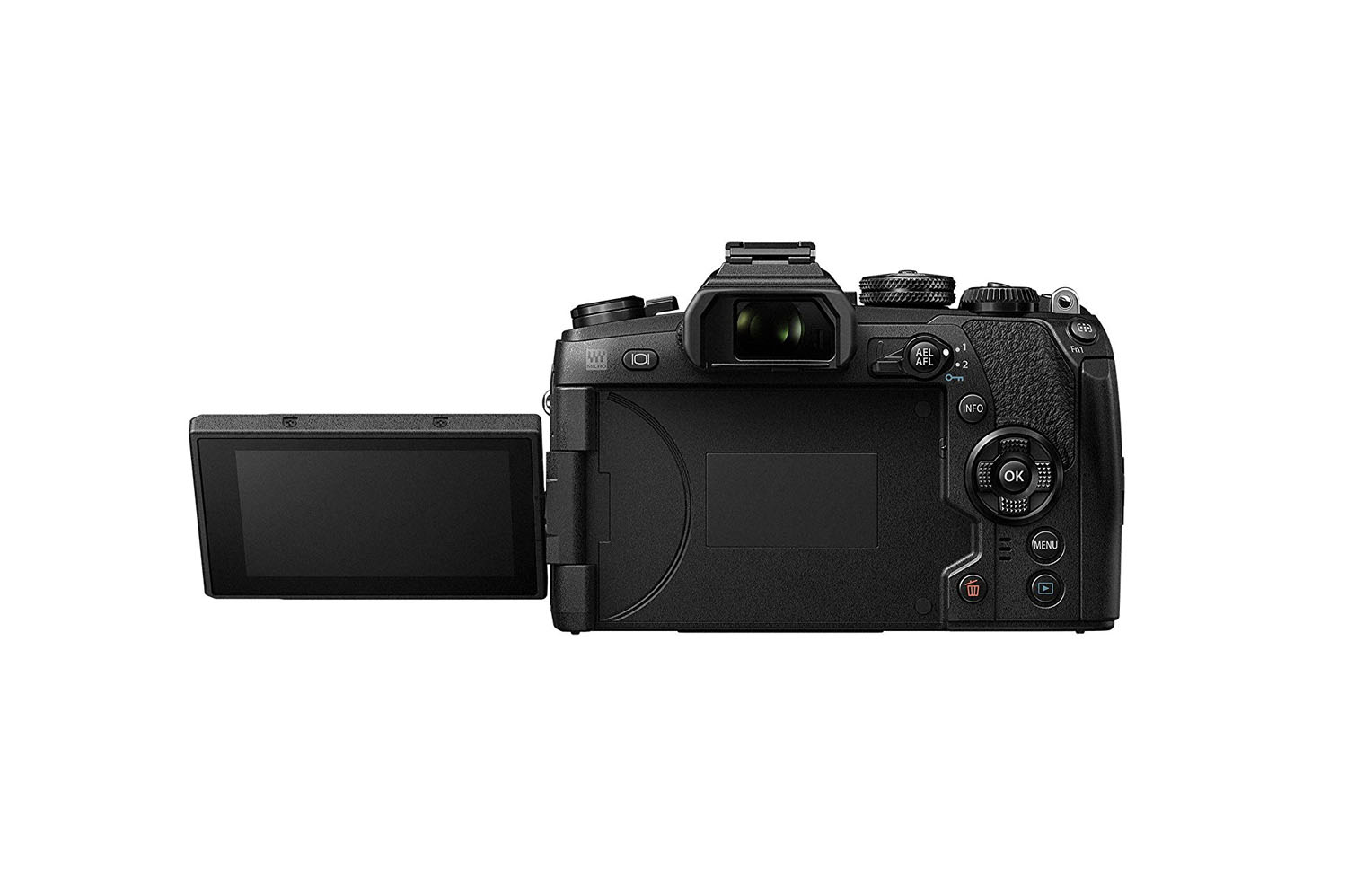
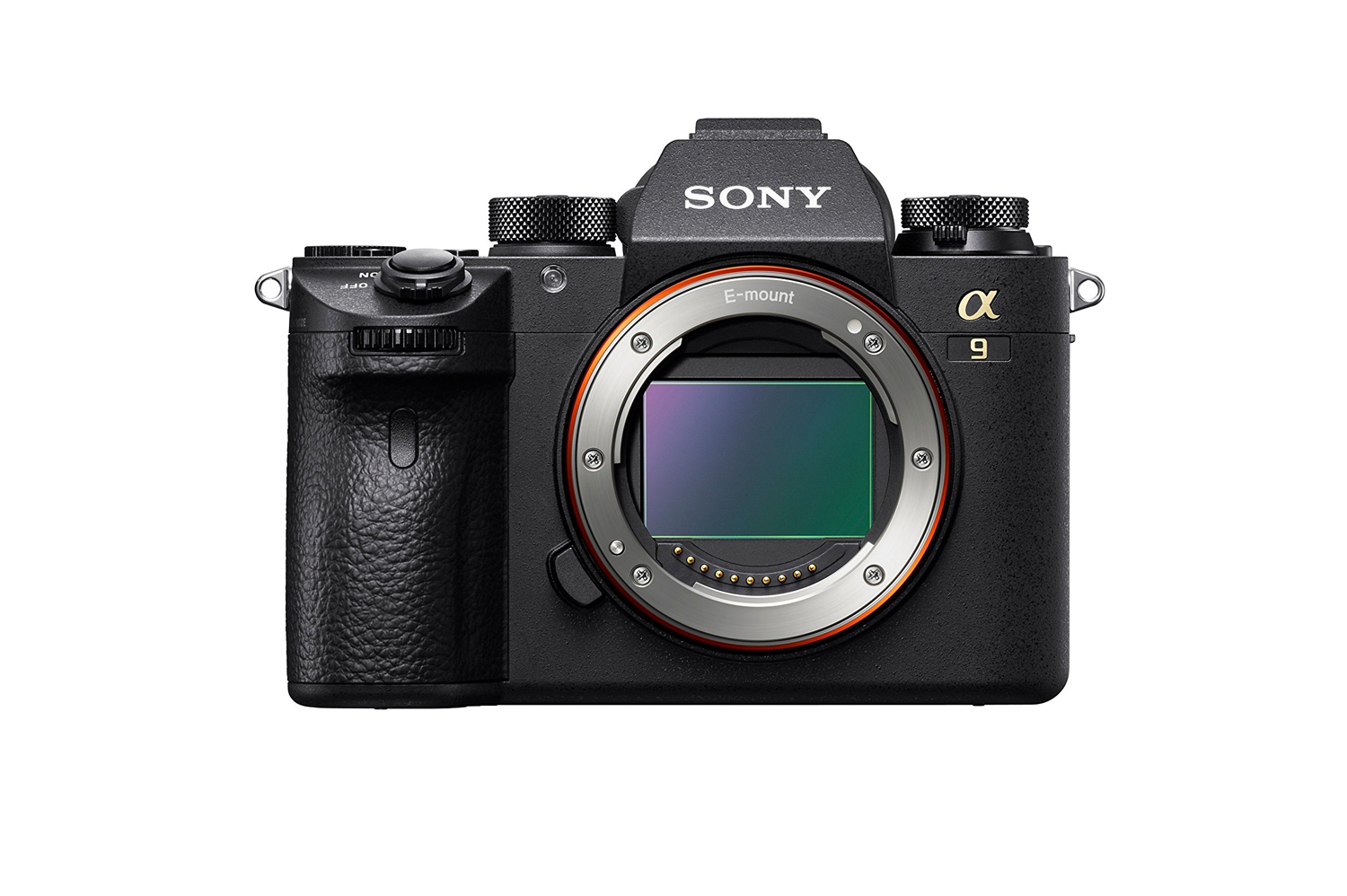
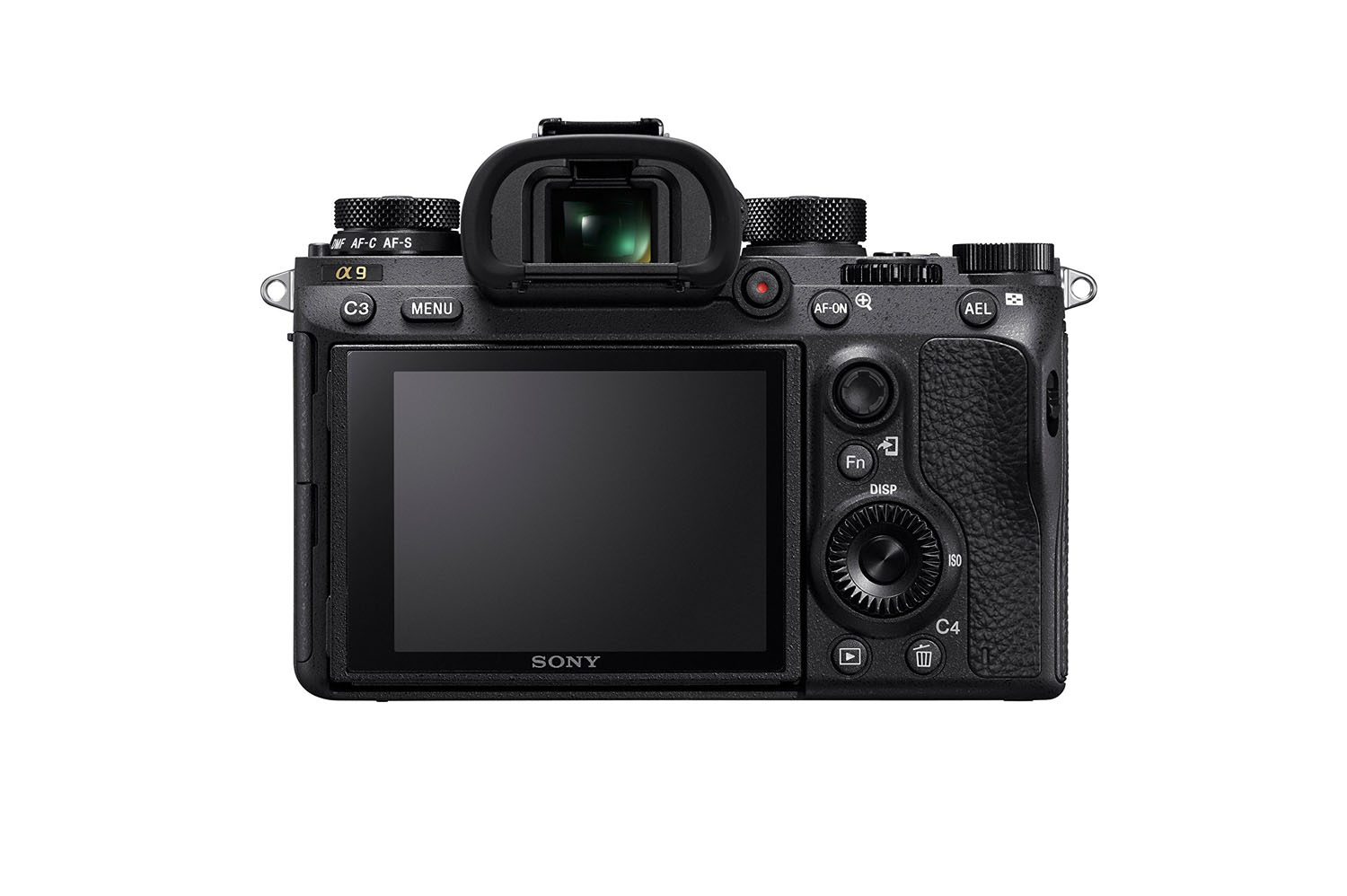
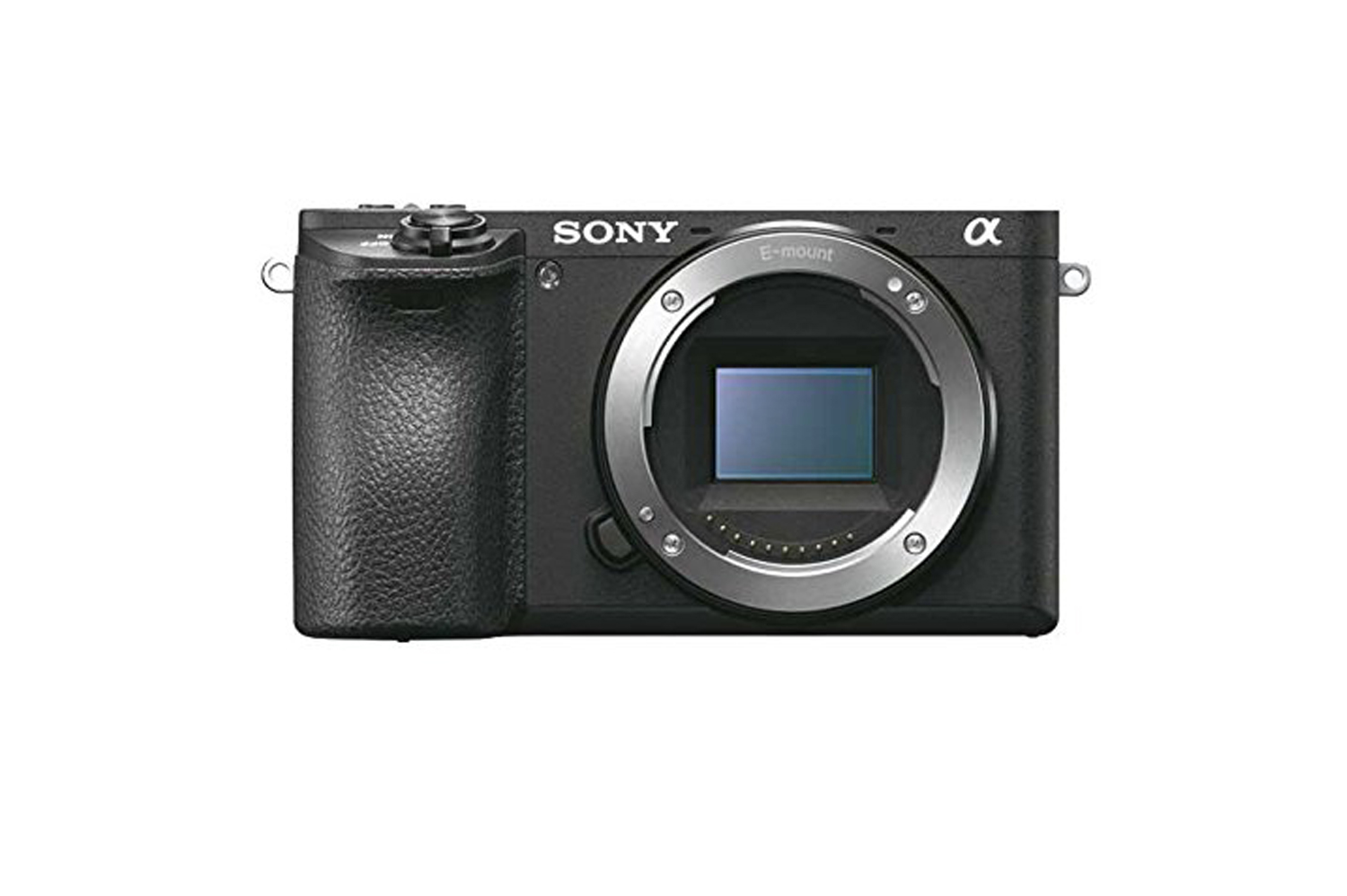
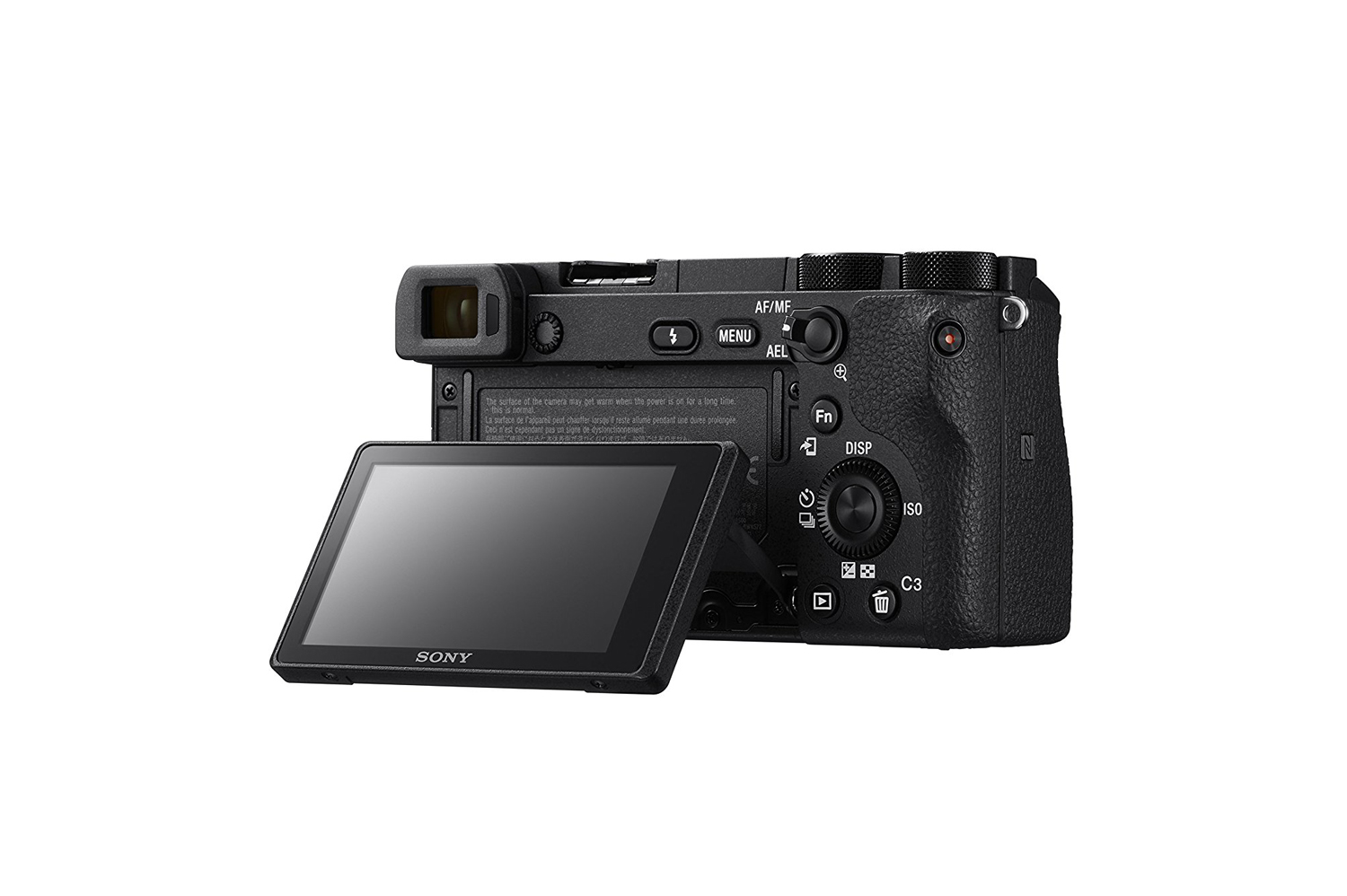
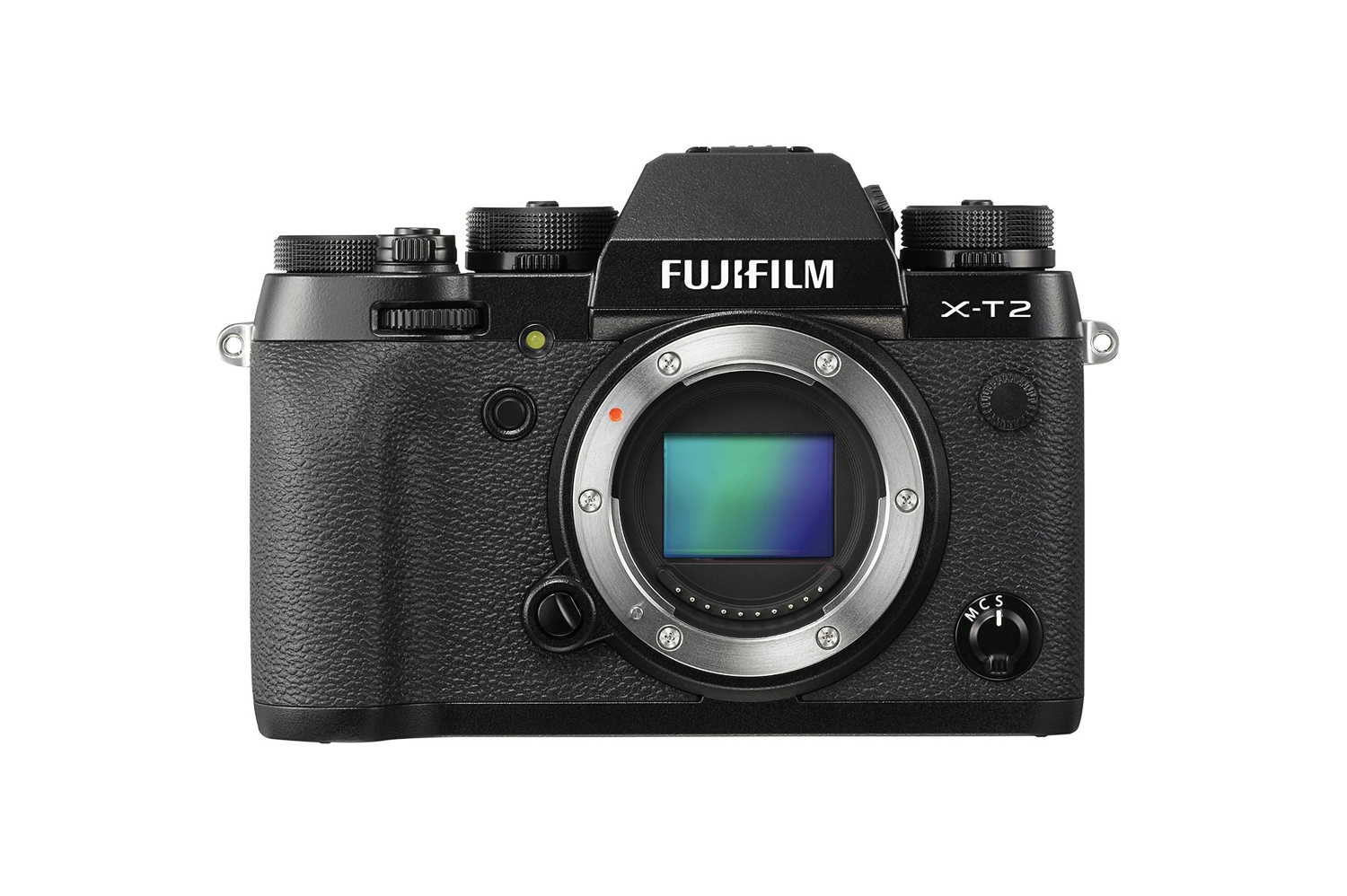
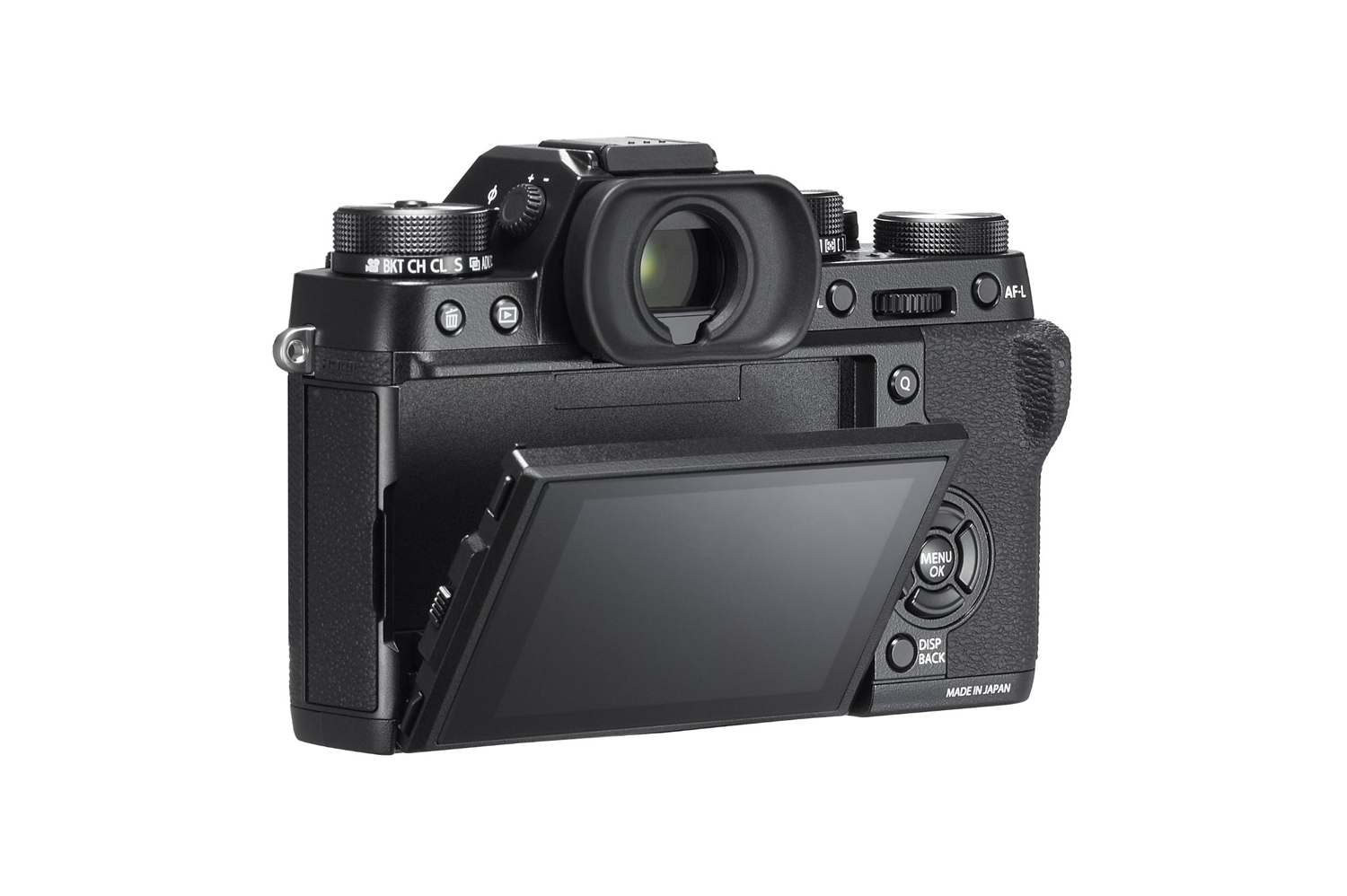
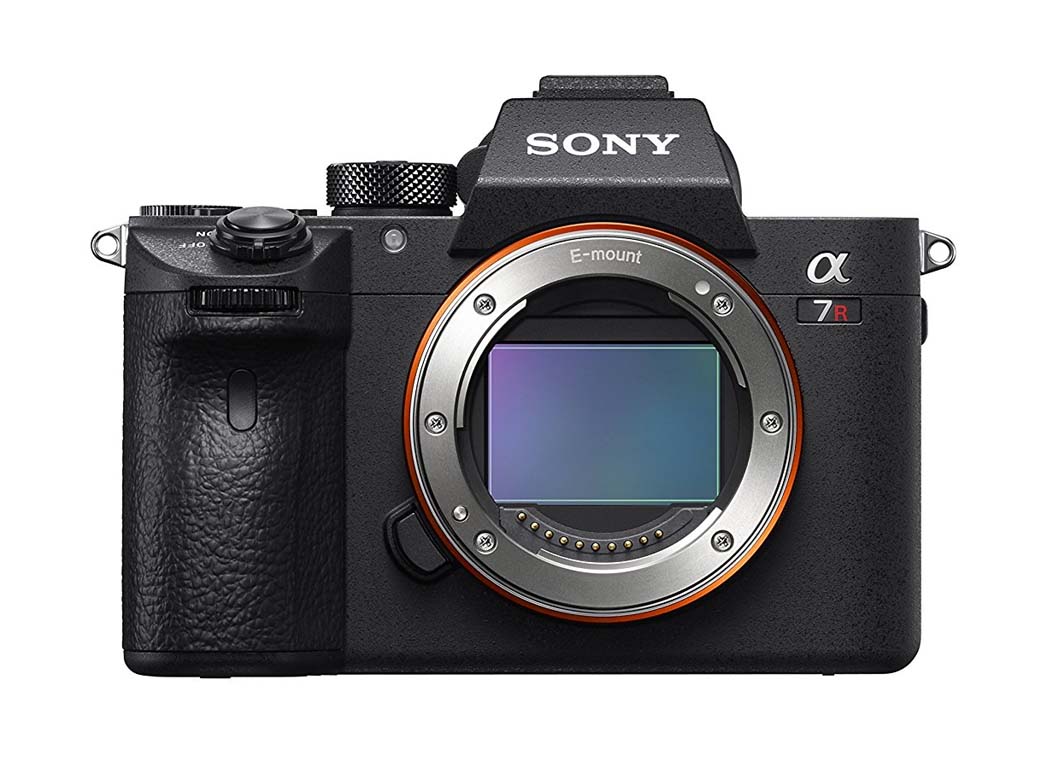
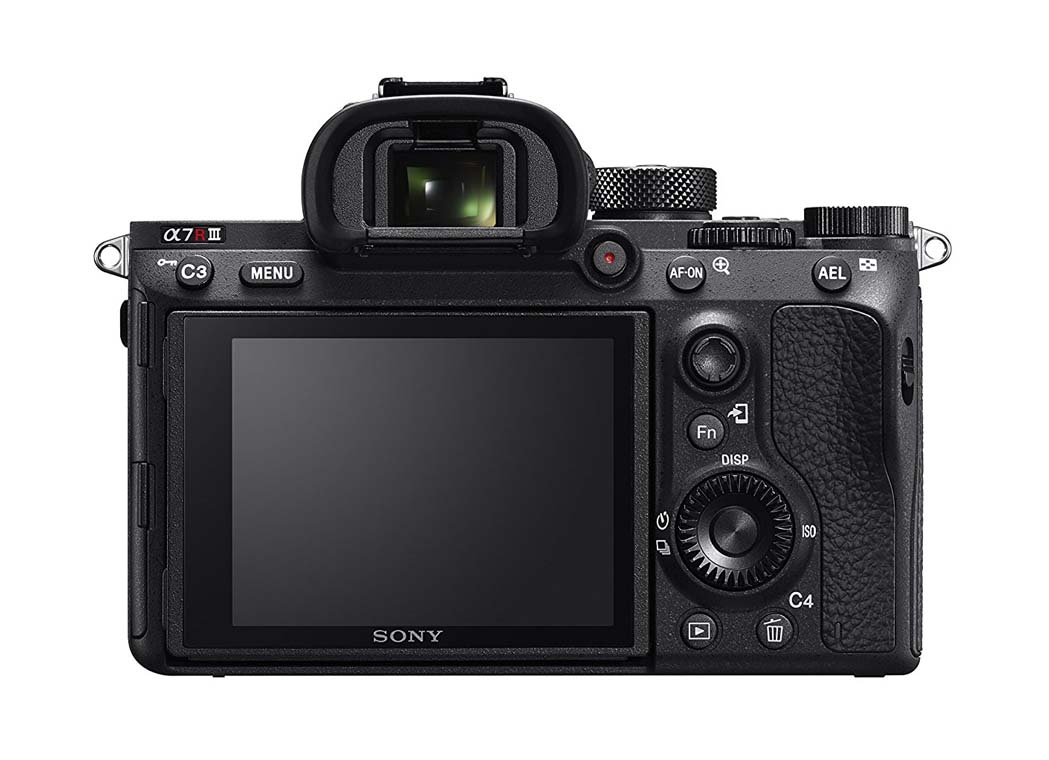
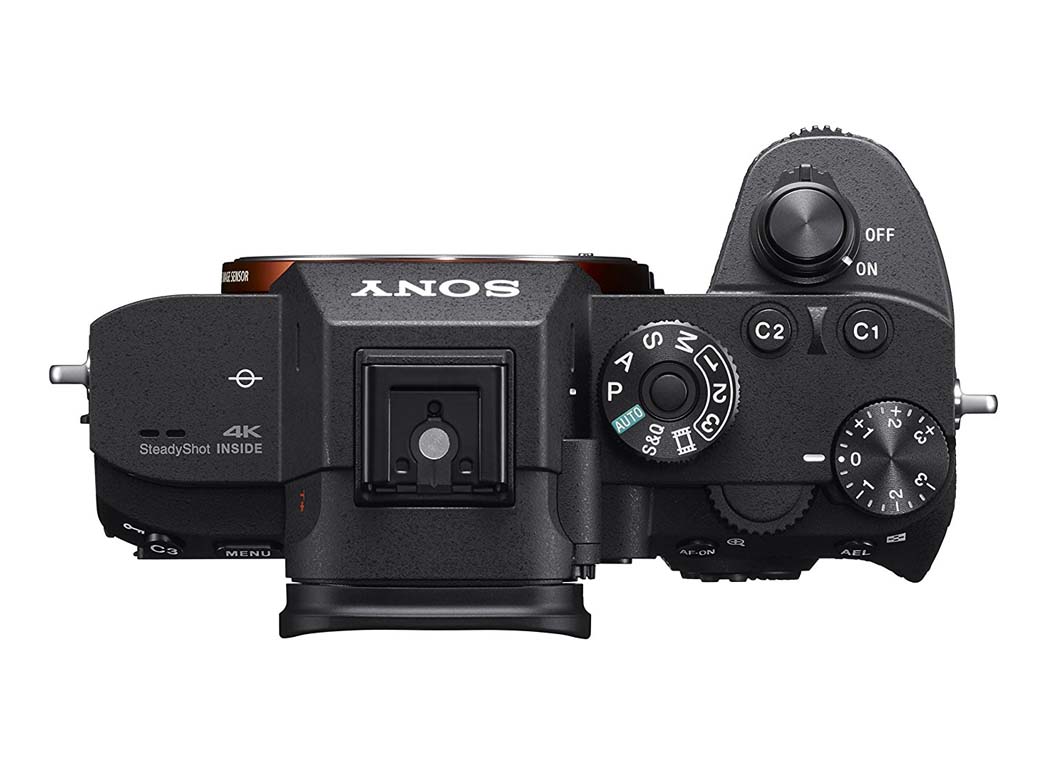
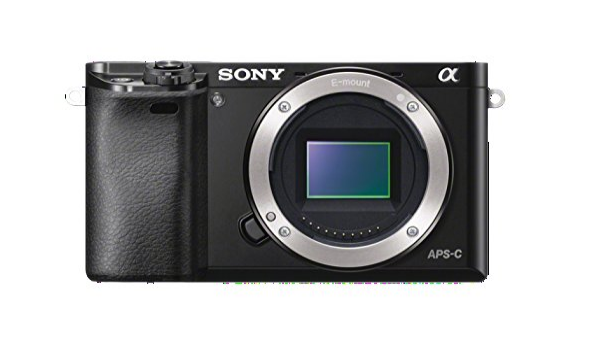
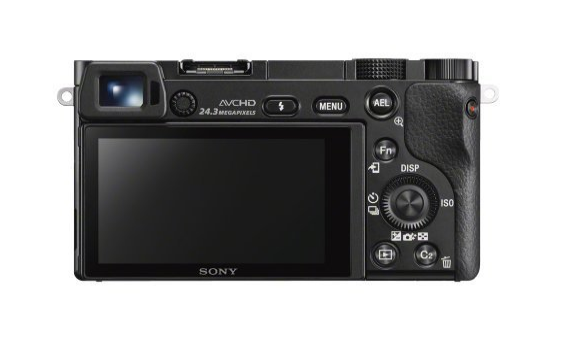
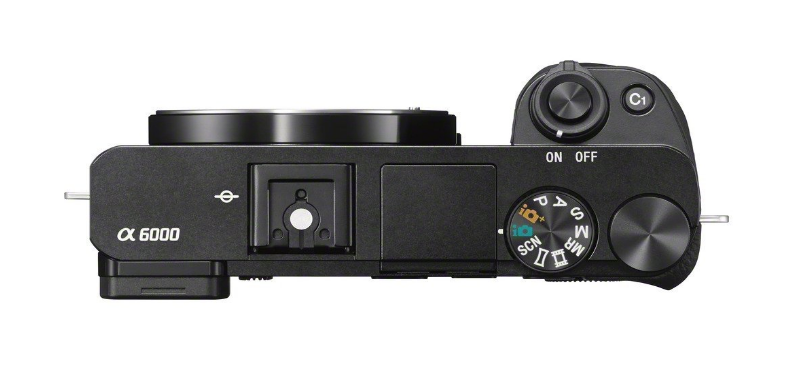
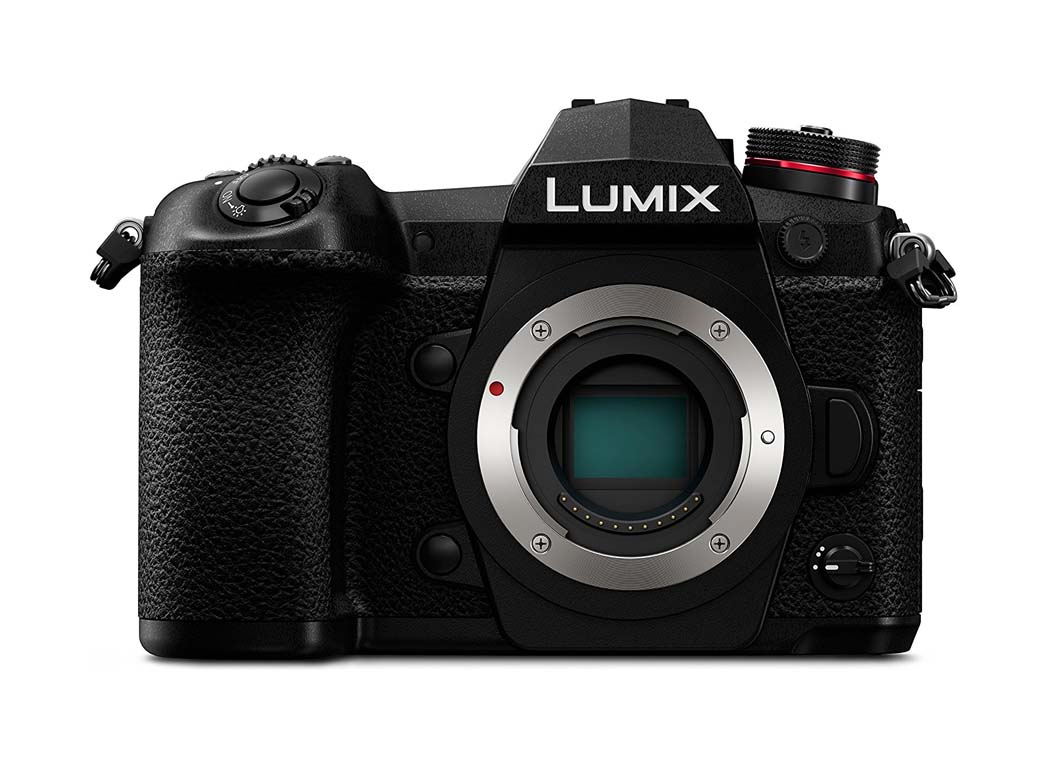
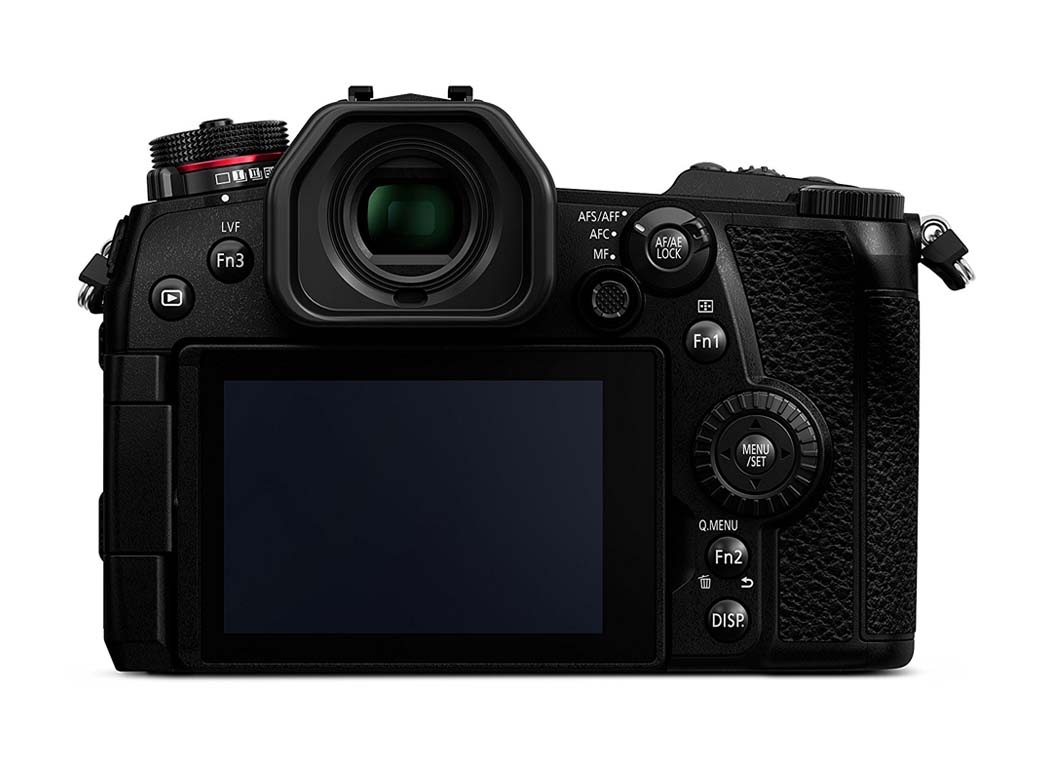
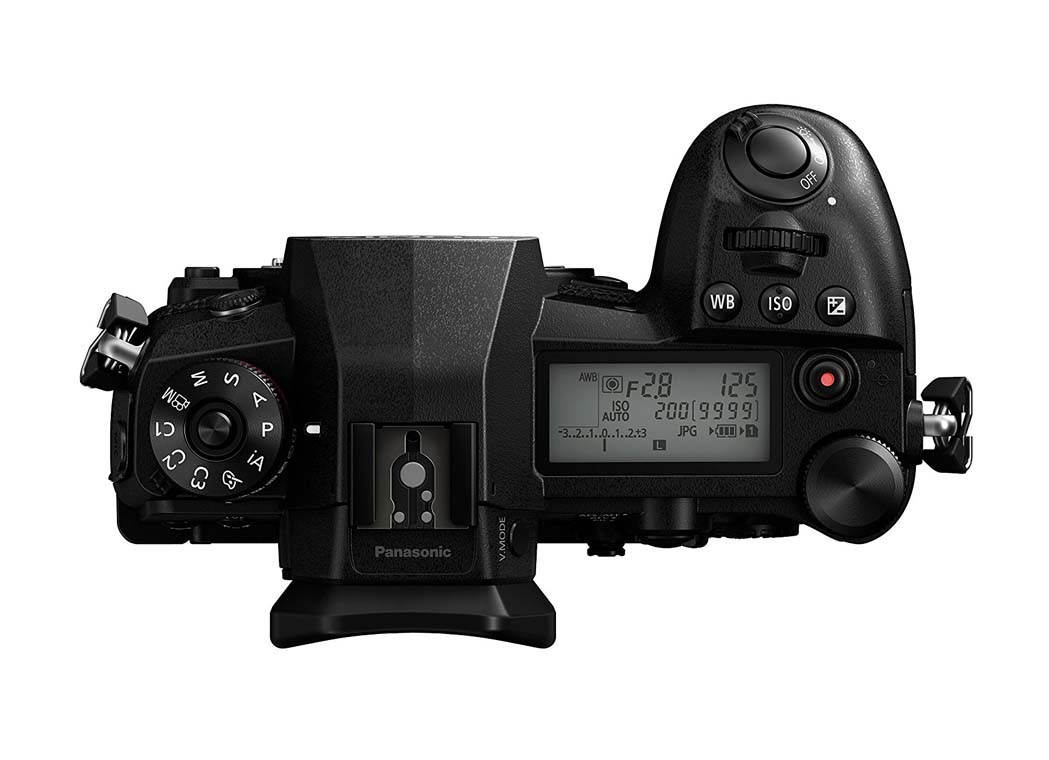
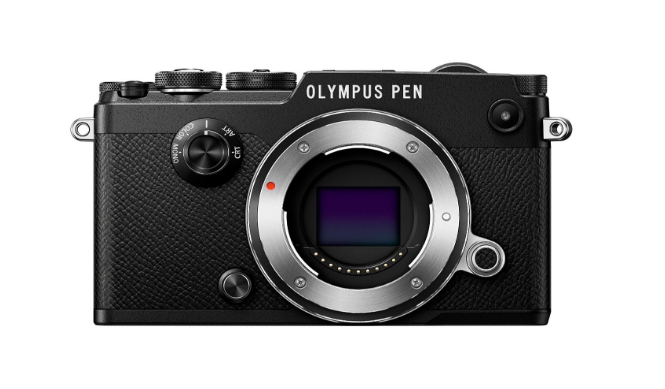
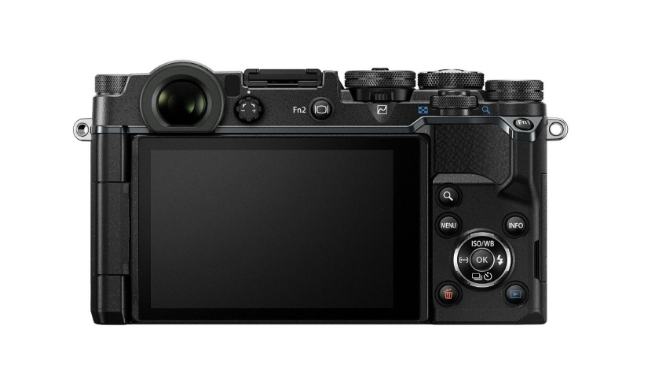
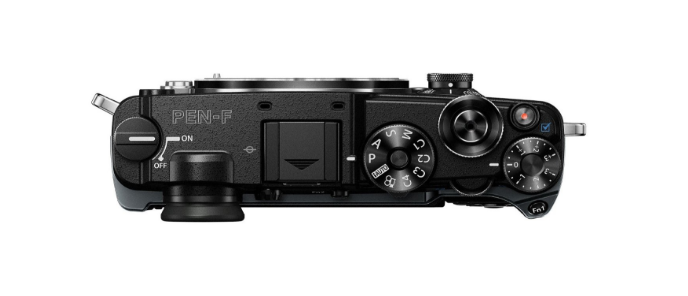
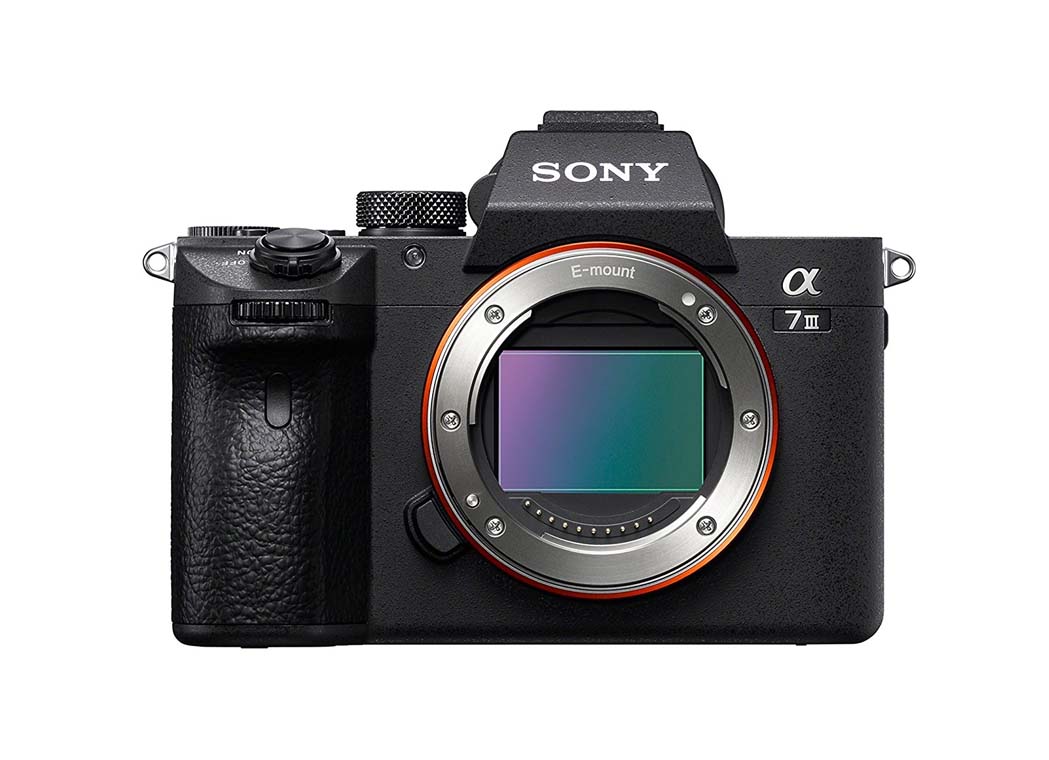
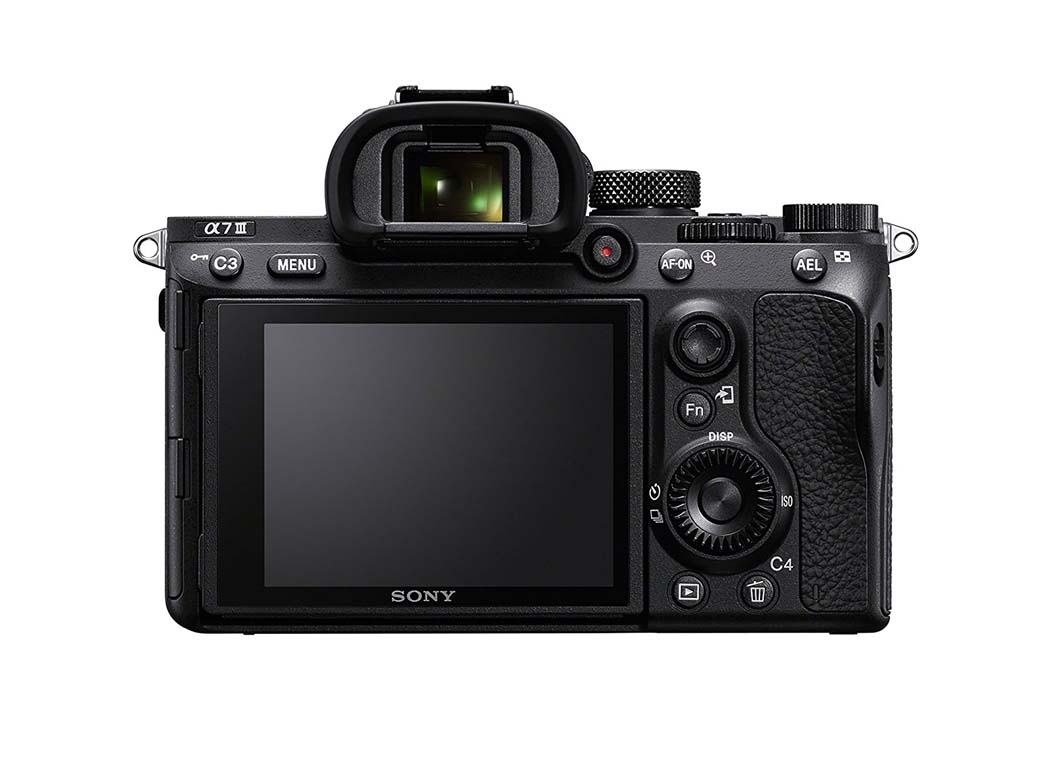
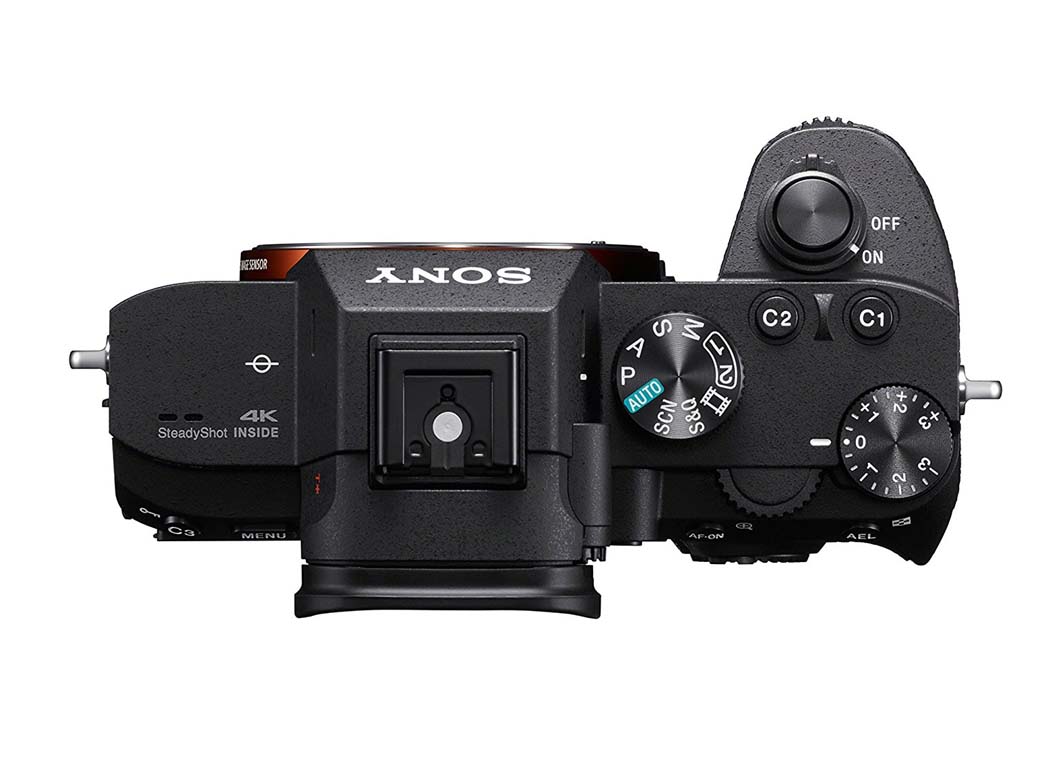
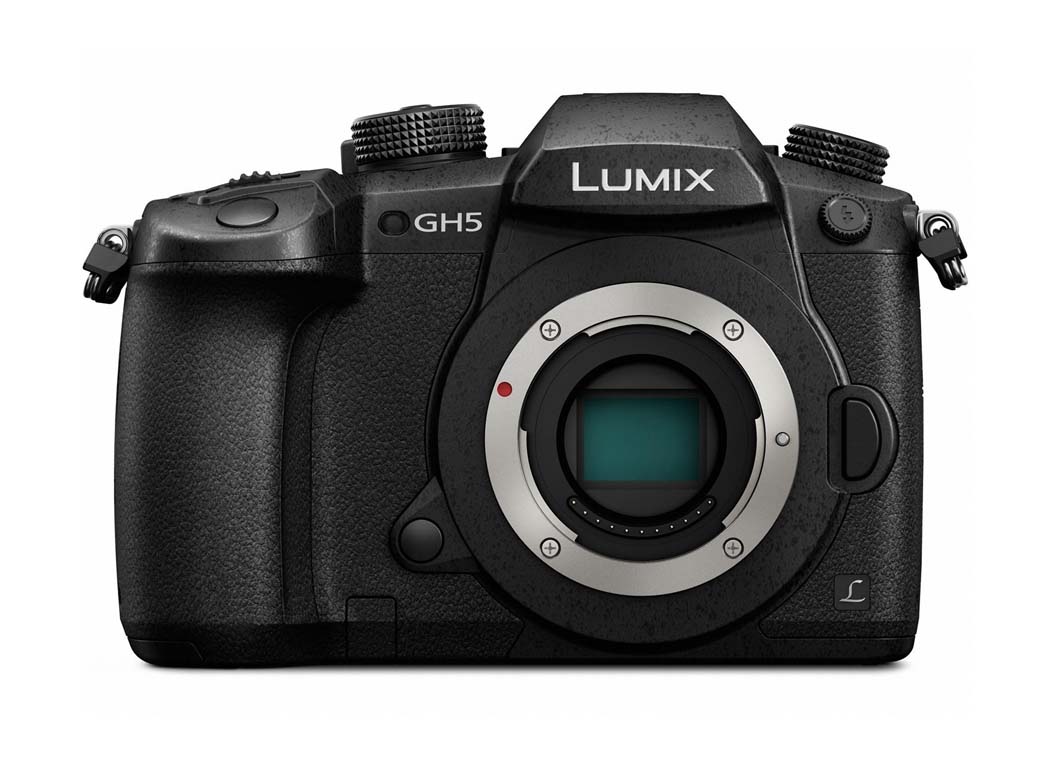
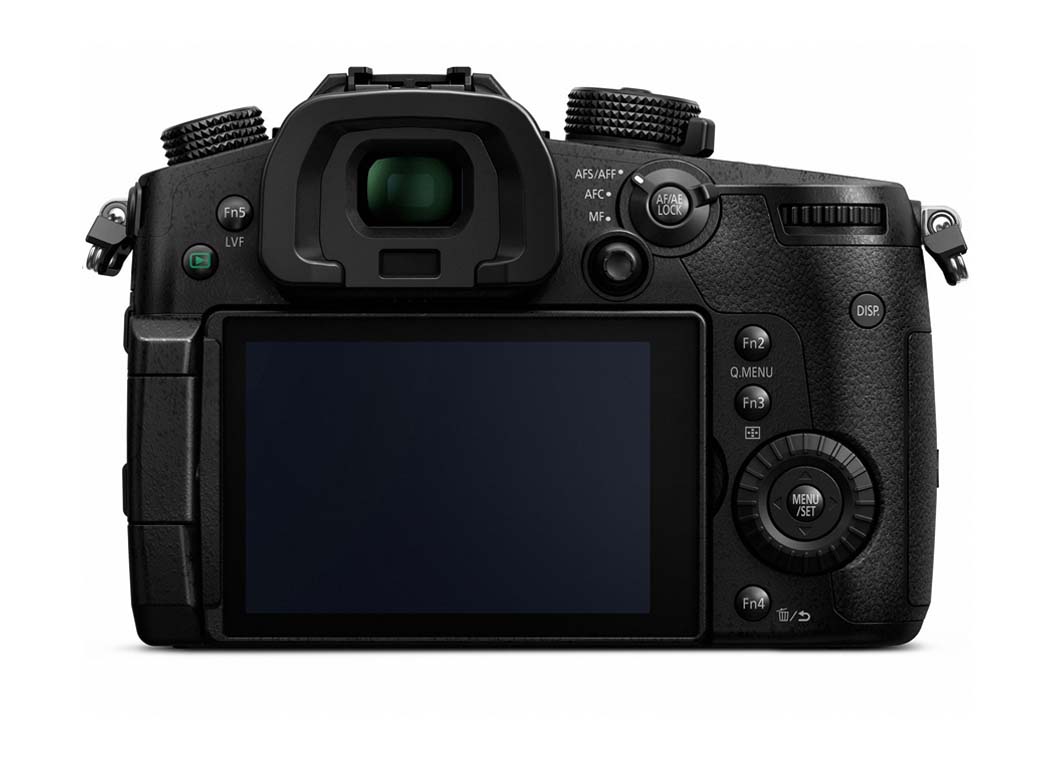
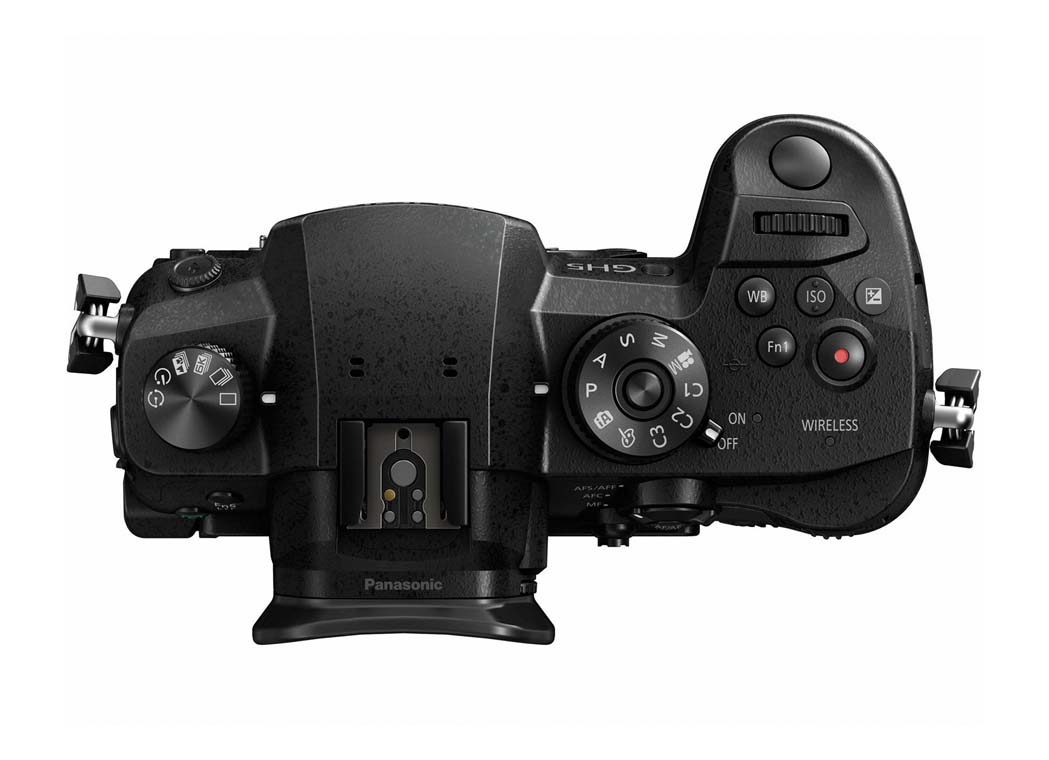








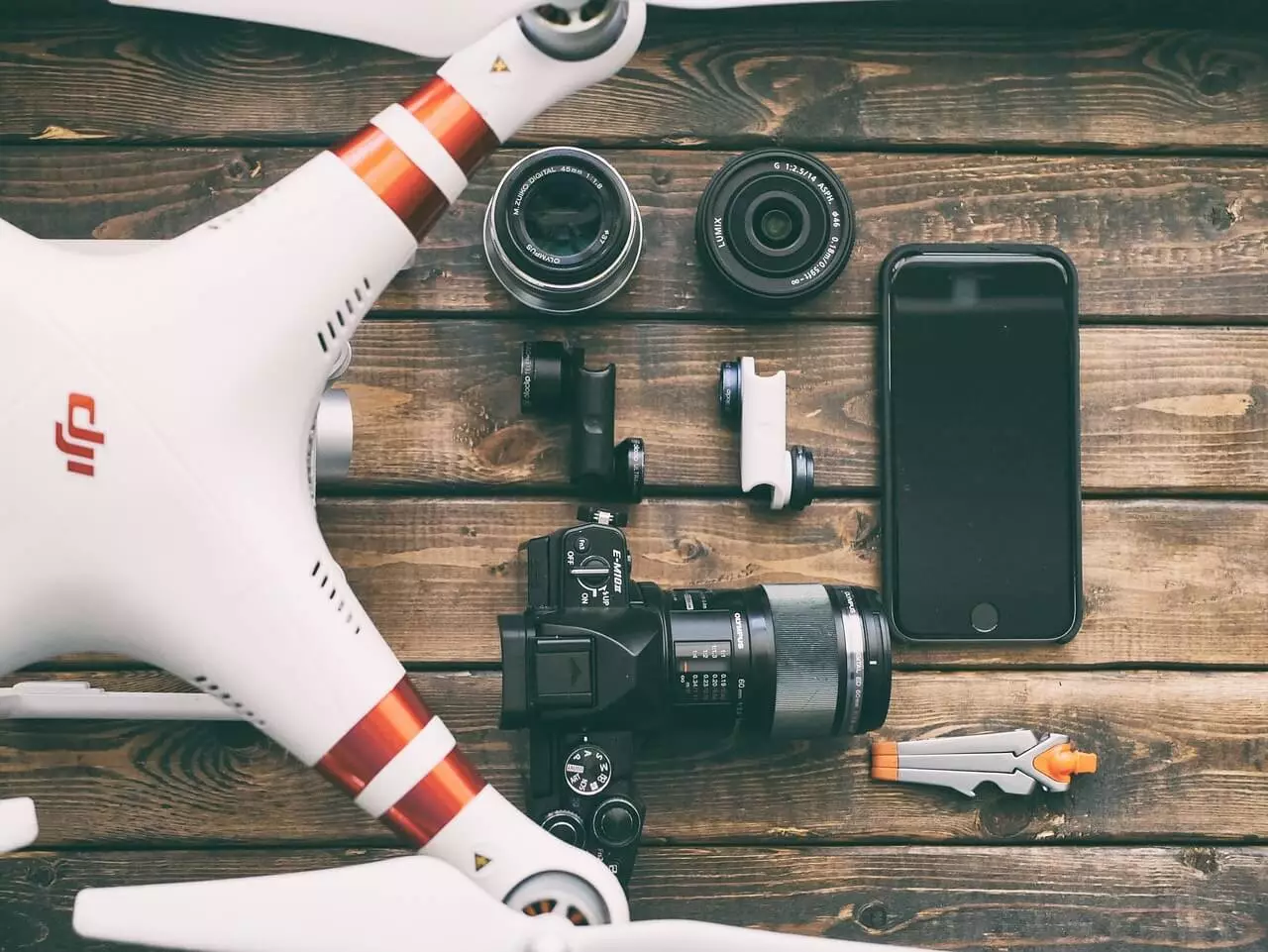

Comments (2)
I can vouch for the Sony A6000. Amazing image quality.
I am very happy to see this article, I have been away from the photograpic world for a long time. It will be a pleasure to come back with this knowlege that you are giving people…
Thankyou very much….
…